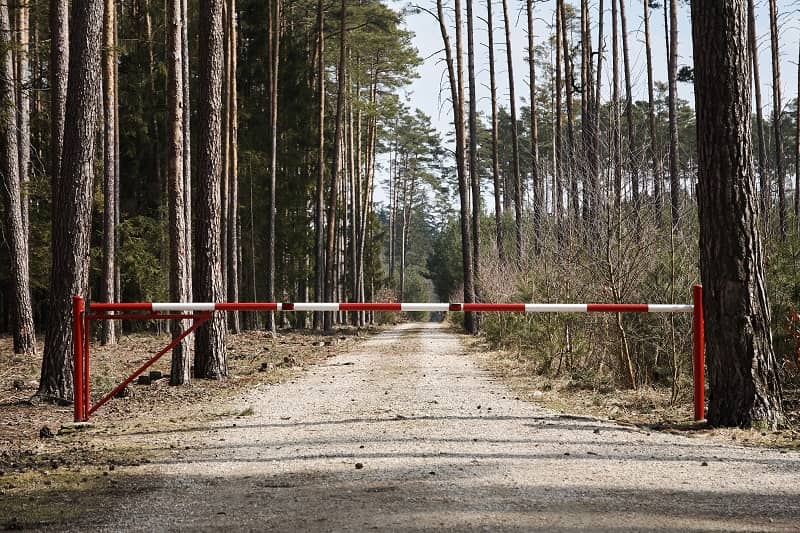In August 2015 the Oregon Land Board (Governor Kate Brown, Secretary of State Jeanne Atkins, and Treasurer Ted Wheeler) voted to sell roughly 82,450 acres of “Common School Trust Lands” within the Elliott State Forest because the state was losing money on those lands. Under Oregon law, School Trust Lands are supposed to make money for schools.
Given the ongoing losses, the Board reached the correct decision. Unfortunately, the sale protocol adopted by the Board is bizarre. The Board will establish a price for the land based on appraisals, and that will be the only price accepted. If you dare to offer $1 more, your offer will be declared “non-responsive.”
How can this make sense when Trust Lands serve an as an endowment for public schools? Trustees of any endowment have a fiduciary obligation to make decisions in the best interest of beneficiaries. The 82,450 acres of timberland being sold in the Elliott may be worth anywhere from $300 million to more than $400 million, but no one knows the exact value. Setting a non-negotiable price through appraisals means that potentially vast amounts of money could be left on the table.
Anyone who has been to a charity fundraising auction knows that the estimated value of something frequently turns out to be wrong—by a lot. That’s why we have competitive bidding.
The same is true in business transactions. Just last month, for example, Alaska Airlines bought Virgin Airlines for $2.6 billion, or $57/share—a price that was 80% higher than what the shares had been trading for prior to the sale.
Instead of bidding on price, the Land Board plans to pick a winning offer based on which prospective purchaser has the best package of “public benefits.” The minimum level of benefits has been defined by the Board as the following: (1) at least 50 percent of the purchased timberland must remain open for public recreational use; (2) no-cut buffers of 120 feet on each side of fish-bearing streams must be left permanently untouched; (3) at least 25% of the older stands of trees must be left intact; and (4) at least 40 full-time jobs annually must be provided over the first 10 years of new ownership.
These benefits may have merit, but using them as the way to choose the best offer will turn the sale protocol into a beauty contest. There is no objective way to compare an offer including 130-foot buffers with another offer that has only 120-foot buffers but proposes to employ 50 people each year rather than 40.
This protocol is going to create a nightmarish decision process for the three Land Board members, while violating their fiduciary obligations to schools.
There is an easy solution to this problem: Simply make the four public benefits a minimum requirement, and then pick the highest-price offer meeting those requirements. Maybe we’ll find out that the Elliott is worth a lot more than it’s been appraised for.
Anyone who works at a public school, serves on a school board, or has a child enrolled at a public school should be outraged at this giveaway.
This article originally appeared in the Salem Statesman Journal on April 30, 2016.











